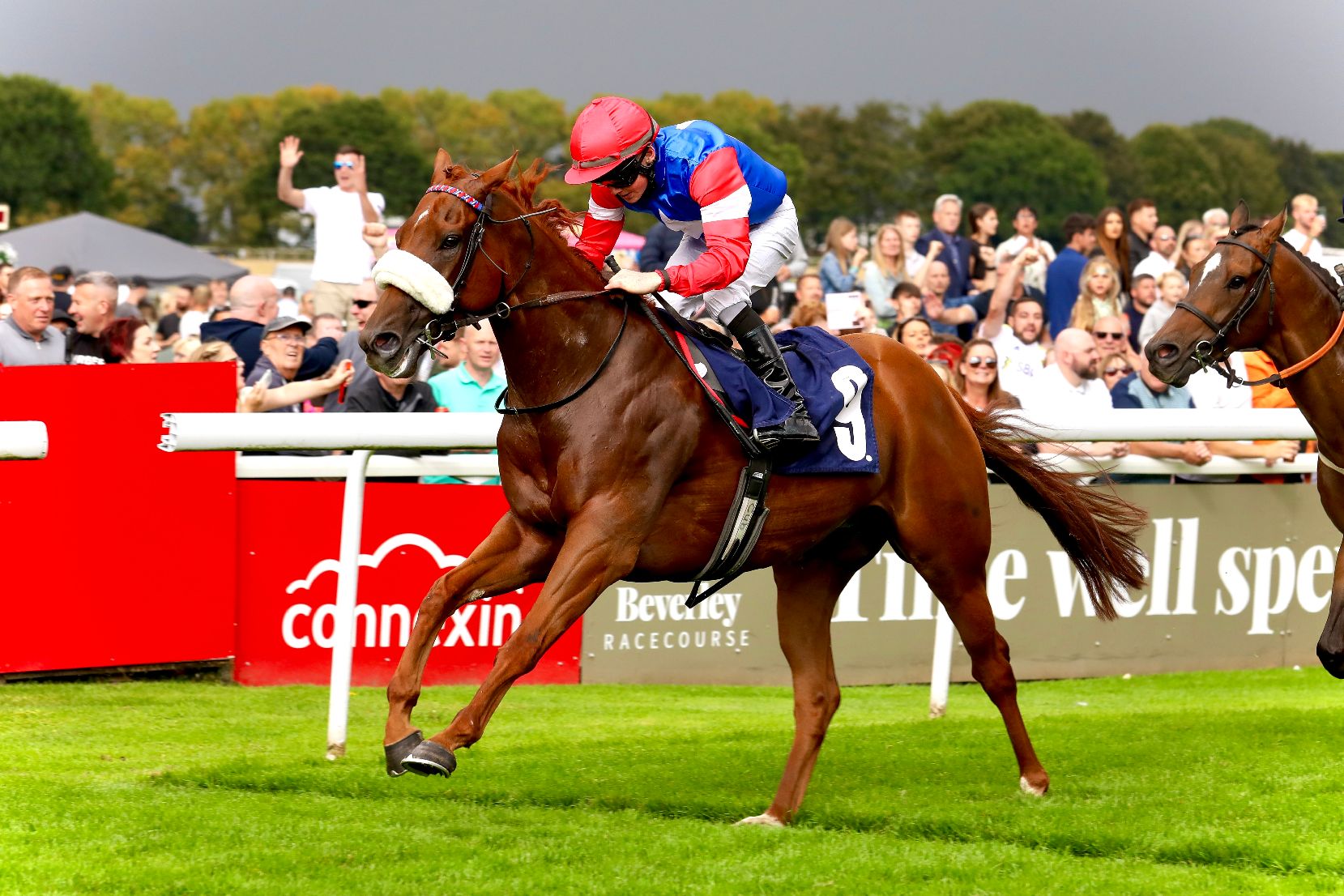
The selling and administrative budget reported total selling and administrative expenses as $150,900. Each basketball requires 2 pounds of rubber material at a cost of $1.50 per pound. Alli Oop wants to maintain a a master budget consists of desired ending raw materials inventory in the current quarter equal to 10% of the next quarter’s production. The company began the first quarter of year 2 with 1,652 pounds of raw material in beginning inventory.
The direct materials purchases budget estimates the amount of direct raw materials purchases needed to produce the units scheduled for production plus the desired level of raw materials ending inventory. Cost of goods sold per unit is the sum of direct materials per unit, direct labor per unit, and manufacturing overhead per unit. These numbers are taken from the direct materials budget, direct labor budget, and manufacturing overhead budget. The cost of goods sold budget for Wonderball, Inc. is provided in Exhibit 6-12. The budget is used to control operations during the time period covered by the budget.
Practice Video Problem 6-2 Part 2: Budgets to determine product costs and cost of goods sold
By using the master budget as a guide, the company can make informed financial decisions that will help it succeed in a competitive marketplace. For example, adjusting the sales budget and related budgets such as production, labor, and overhead may be necessary if sales are lower than expected. Similarly, if costs are higher than expected, it may be necessary to revise the operating and overhead budgets to reflect the increased expenses. The final step in preparing a master budget is to review and approve the budget. This involves evaluating the budget against the business’s strategic objectives, financial goals, and performance targets. The operating expenses budget encompasses administrative and sales-related costs, such as advertising or marketing.
- The goals, assumptions, and predicted revenue and expenses information are passed from the senior manager to middle managers, who further pass the information downward.
- Management understands that it needs to have on hand the 1,000 trainers that it estimates will be sold.
- By regularly reviewing and adjusting the master budget, businesses can ensure that they are making informed financial decisions aligned with current conditions.
- Selling and administrative expenses are typically classified as variable or fixed.
- The sales budget, which is based on the sales forecast, is the first schedule to be created.
Knowing how much to spend — and when to spend it — is one of the major challenges of running a business. A strategically prepared master budget can help guide key spending decisions. They compare actual results against the budget and identify variances or differences.
Master budget definition
The operating expenses budget is essential for managing day-to-day expenses, optimizing cost structures, and achieving profitability targets. The labor and hiring budget contains employee salaries, benefits, and human resources expenditures. It covers direct and indirect labor costs, including payroll taxes, training, and benefits. The labor and hiring budget is essential for managing human resources costs, ensuring compliance with labor laws, and achieving productivity targets. Annual updates are suitable for small businesses with a simple financial planning cycle, such as those with one product or service.
Depending on the business’s size, complexity, and financial planning cycle, the master budget can be updated monthly, quarterly, or annually. The bottom-up approach (sometimes also named a self-imposed or participative budget) begins at the lowest level of the company. After senior management has communicated the expected departmental goals, the departments then plans and predicts their sales and estimates the amount of resources needed to reach these goals.
Budgeted Cash Flow Statement – How to prepare it?
You must also include budgeted beginning and ending inventory in the cost of goods sold budget. Budgeting is a critical function of any business, as it is required for both financial planning and growth. A master budget consolidates a company’s lower-level budgets into a single central document for ease of reference. Continue reading to learn more about what a master budget entails and how to use it.

More specifically, it compiles the business units’, departments’, and cost centers’ expectations and consolidates them in Budgeted financial statements. To a certain extent, The Master Budget resembles the Annual Report of a company. However, while any Annual Report looks into the past and depicts the firm’s historical performance, the Master Budget is all about the future of an organization. The ending finished goods inventory budget is necessary to complete the cost of goods sold budget and the balance sheet. This budget assigns a value to every unit of product produced based on raw materials, direct labor, and overhead. Capital expenditures budgets track any money that a business receives from selling large plant assets and buying new equipment to carry out production schedules.
With these skills, the finance team can create an accurate and reliable master budget to guide the business’s financial activities and decision-making process. Fifth, they need strong organizational skills to manage the budgeting process effectively. Preparing a master budget involves several steps, such as creating the sales forecast, production plan, and marketing budget.
Most businesses prepare their budgets annually, while others do it quarterly or bi-annually. Ideally, businesses should start preparing their master budget at least three months before the start of the fiscal year. This allows enough time to gather relevant financial data, analyze historical trends, and make informed decisions about the budget’s revenue and expense forecasts.







